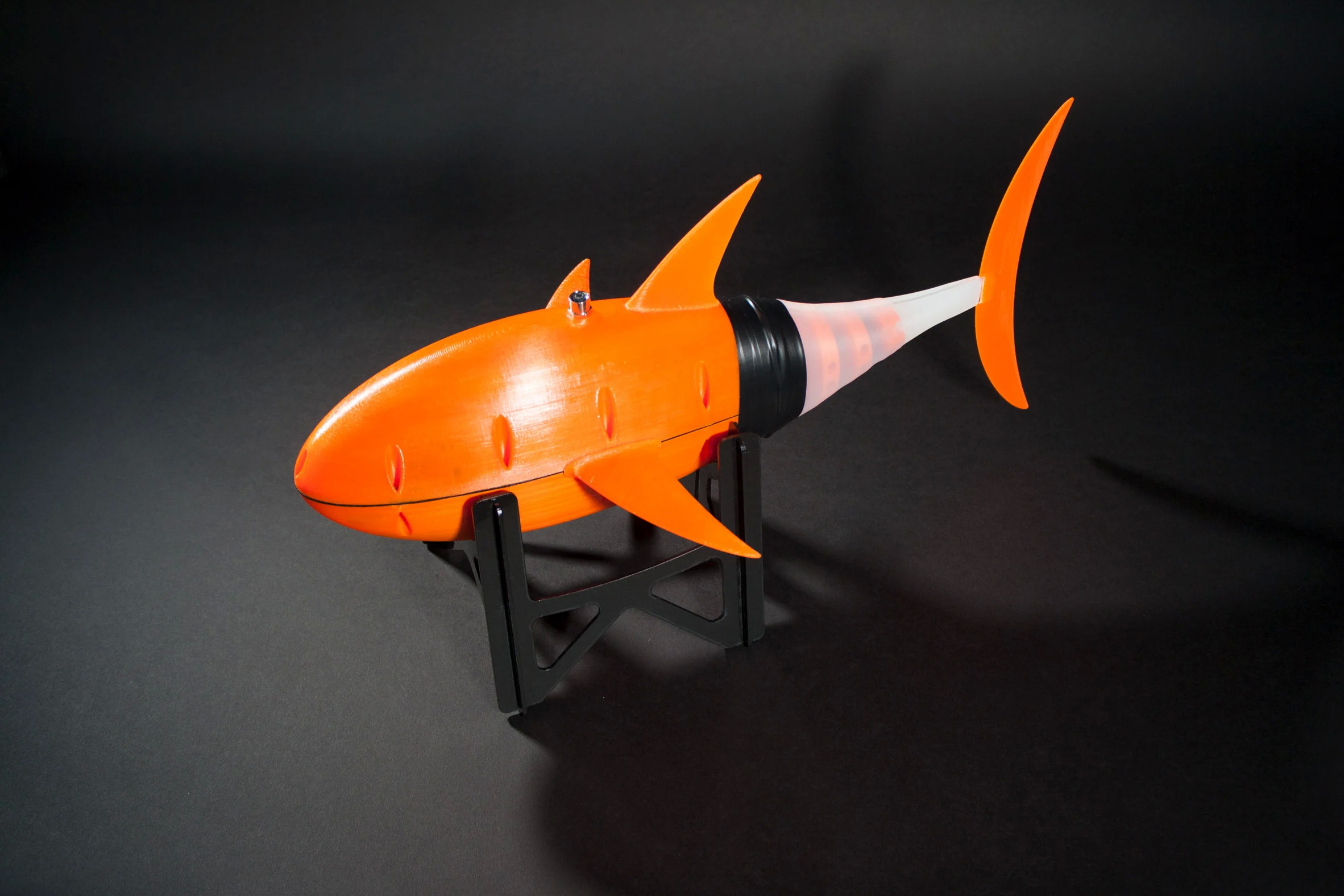In the vast tapestry of technological innovation, a remarkable creation is making waves—robot fish that swim upstream. Inspired by the resilience and adaptability of real fish, these aquatic robots are designed to navigate against the current, pushing the boundaries of what autonomous underwater vehicles can achieve. Join us as we dive into the fascinating world of robot fish, where biomimicry and cutting-edge engineering converge to create a marvel in underwater exploration.
Emulating Nature’s Mastery: The Genesis of Robot Fish
The concept of robot fish swimming upstream finds its roots in biomimicry—the art of drawing inspiration from nature to solve complex engineering challenges. Engineers and researchers, captivated by the efficiency and agility of real fish navigating turbulent waters, sought to recreate this natural prowess in the form of autonomous robots.
Designing for Resilience: Biomimicry in Action
Robot fish are meticulously designed to replicate the biomechanics of their aquatic counterparts. From the undulating movements of their fins to the hydrodynamic shapes of their bodies, every aspect is carefully crafted to ensure optimal performance against water currents. Mimicking the streamlined efficiency of real fish allows these robots to navigate challenging underwater environments with remarkable agility.
Autonomous Navigation: The Intelligence Behind the Fins
Equipped with advanced sensors, artificial intelligence, and autonomous control systems, robot fish possess the intelligence needed to navigate waterways with precision. These underwater explorers can adapt to changing currents, avoid obstacles, and even communicate with each other, creating a coordinated effort in their upstream journey.
Applications Beyond the Surface: Exploring New Frontiers
The capabilities of robot fish extend beyond mere aquatic spectacle. These underwater robots hold significant promise for various applications, including environmental monitoring, underwater inspections, and marine research. By effortlessly swimming upstream, they can access hard-to-reach areas, collect data on water quality, and contribute to our understanding of aquatic ecosystems.
Environmental Monitoring: Guardians of Waterways
One of the key applications of robot fish lies in their role as guardians of waterways. These robots can actively patrol rivers and streams, monitoring water quality in real-time. Equipped with sensors that detect pollutants, temperature variations, and other environmental indicators, robot fish become invaluable assets in the ongoing efforts to preserve and protect our water resources.
Challenges and Future Horizons: Navigating the Currents of Innovation
While the concept of robot fish swimming upstream showcases the marvels of biomimicry and robotics, challenges persist. Fine-tuning the technology for durability, scalability, and energy efficiency remains a priority. As engineers continue to innovate, the future holds exciting possibilities, with robot fish potentially becoming indispensable tools for underwater exploration and conservation efforts.
Conclusion: Charting New Waters
The emergence of robot fish swimming upstream represents a testament to the ingenuity of human creativity and the lessons nature provides. As these aquatic marvels navigate against the currents, they inspire a new era of underwater exploration, promising to unveil the secrets of our waterways and contribute to the preservation of our precious aquatic ecosystems. In the ever-changing currents of innovation, robot fish are charting new waters, inviting us to witness the convergence of nature’s wisdom and human technological prowess.

